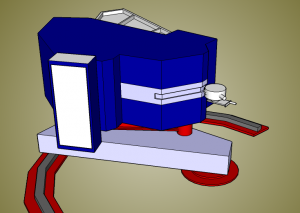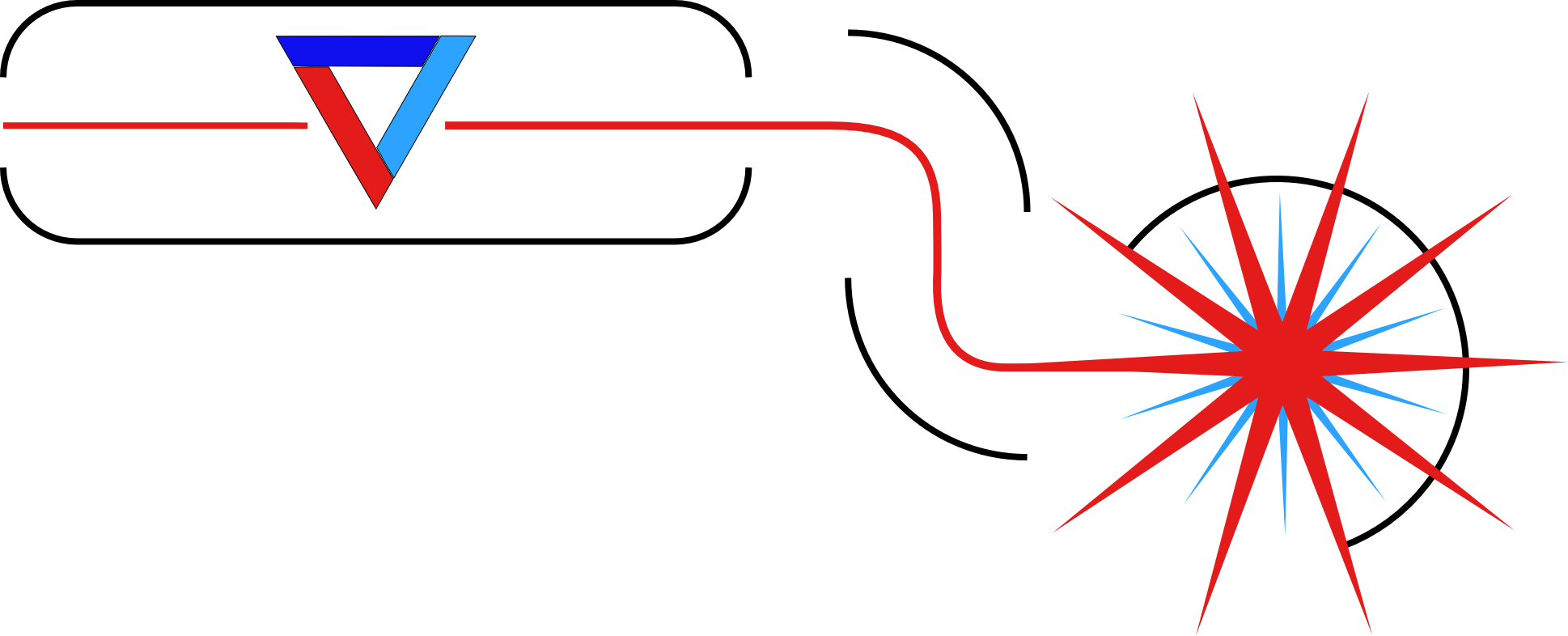Click here to visit the nuclear astrophysics group’s site
A detailed understanding of how stars are modeled is crucial to our research program aimed at  measuring important nuclear reactions for astrophysics. Using advanced Monte Carlo methods to determine realistic uncertainties for elemental synthesis we hope to answer the question posed above, identifying key reactions that should be measured in the laboratory. These key reactions become the focus of our experiments. This merging of an experimental program with theoretical modelling expertise is unique to our research program.
measuring important nuclear reactions for astrophysics. Using advanced Monte Carlo methods to determine realistic uncertainties for elemental synthesis we hope to answer the question posed above, identifying key reactions that should be measured in the laboratory. These key reactions become the focus of our experiments. This merging of an experimental program with theoretical modelling expertise is unique to our research program.
The reactions most critical in stars are often the most challenging to measure in the laboratory. We can investigate the important aspects of the reactions with novel techniques, and then use well established methods to calculate their frequency in stars. We utilize these techniques at the Triangle Universities Nuclear Laboratory (TUNL), one of the U. S. Department of Energy Centers of Excellence.


